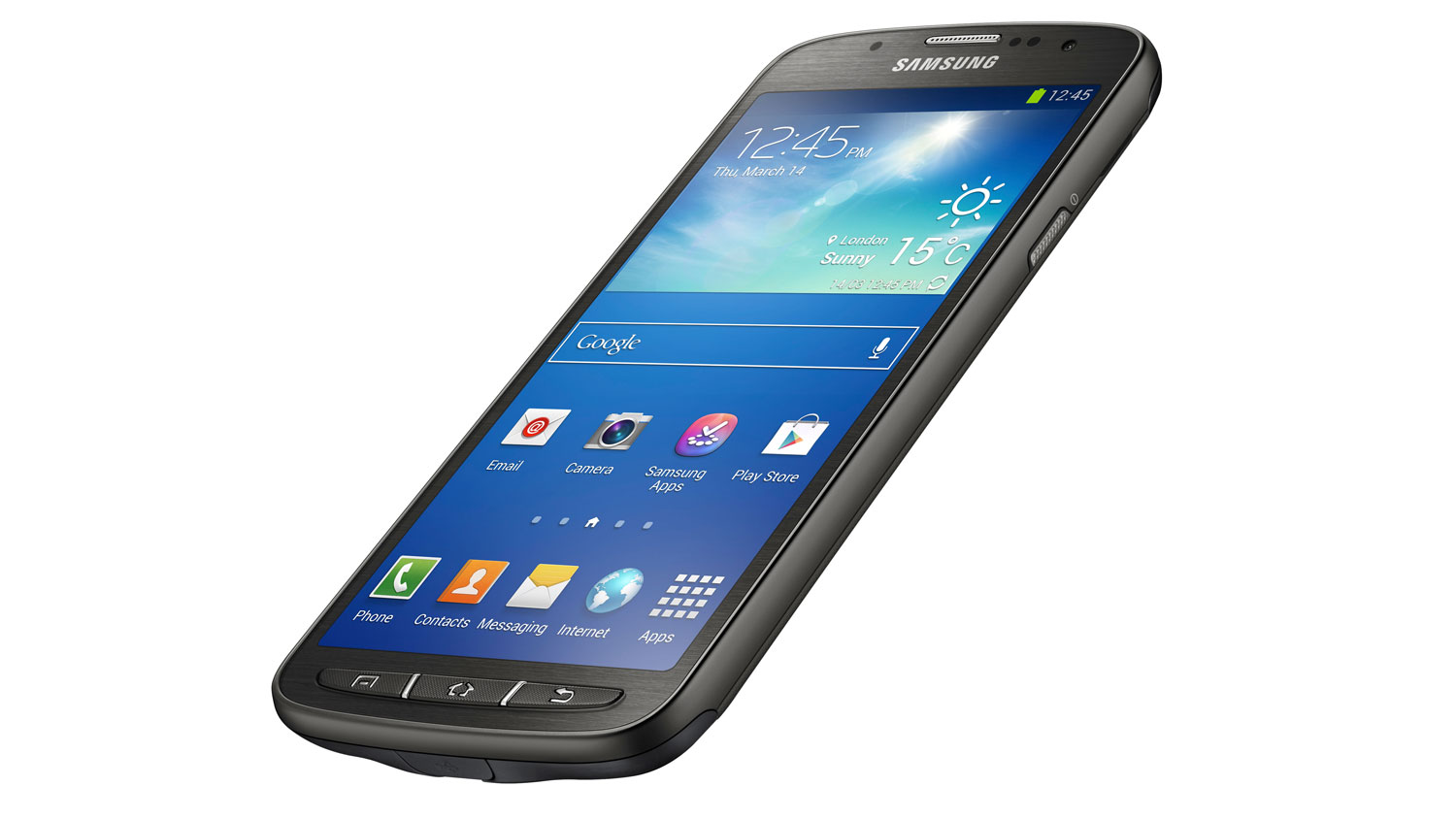Why you can trust TechRadar
The Samsung Galaxy S4 Active comes packing two internet options, the stock browser and Google Chrome which both offer up a very similar experience.
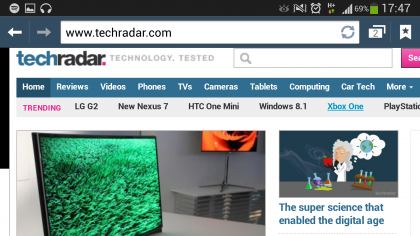
It's a little puzzling why so many Android handset manufacturers put two browsers on their phones and it can lead to confusion over which one should be used.
In short we'd say use the one you feel most comfortable with as you'll get a very similar experience either way.
The Samsung built browser offers up a simple, if not slightly boring looking interface with back/forward keys accompanying the URL bar, tab button and bookmarks shortcut at the top of the display.
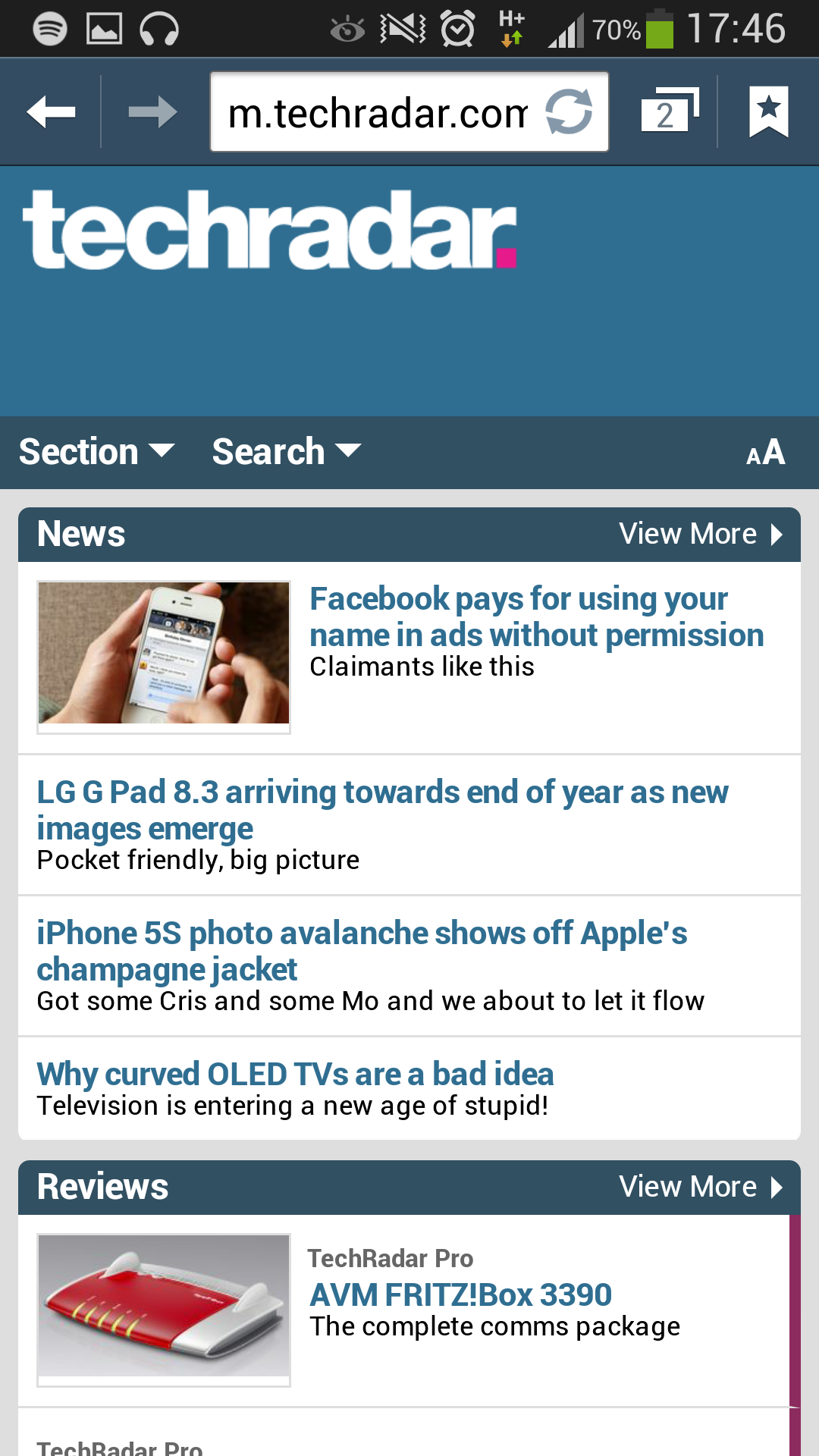
Not enough mobile browsers have the back and forward keys in the main navigation bar and it's something we're pleased to see on the Galaxy S4 Active.
Tabbed browsing is a great way to get around the web these days, especially if you're viewing multiple websites and Samsung has given the tabbed view a little overhaul with all your open tabs appearing in a vertical list which is reminiscent of the card view in Google Now.
From the window manager screen you can easily open and close additional tabs, while over in the bookmarks bar adding new sites is as simple as tapping a button.
The browser syncs with your Samsung account, so if you've owned a Samsung handset previously and have saved bookmarks on it then you'll be able to pull them through to the S4 Active.
Sadly there's no option to pull from cloud data from Google to the stock browser, so if you want to sync up your desktop experience with the S4 Active you'll want to use the Chrome app.
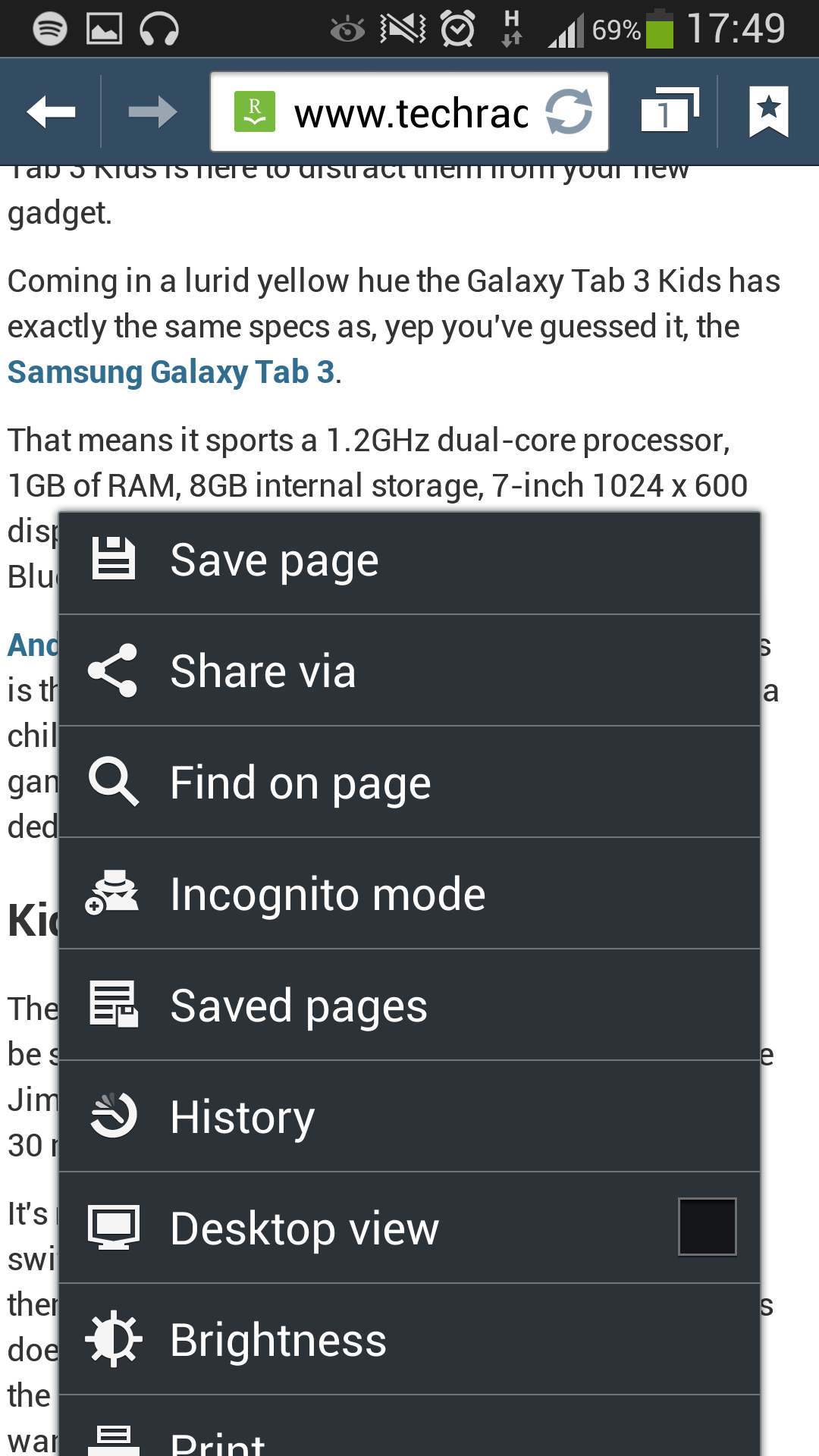
Hit the physical menu key below the screen while in the main internet browser and you'll find more options become available including saving the page you're currently viewing for offline reading - perfect if you want to read an article on the train home and know signal will be patchy.
Offline reading is a really useful function, but one that does not feature in the Chrome browser, so that's worth bearing in mind when you come to choosing between the two clients.
You can also toggle incognito and desktops views from this additional menu as well as jump into your history to check up on what you've been browsing.
All three functions are also available in Google Chrome and so too is the "Share" function, allowing you to post a site to a social network or send it to someone in a text or email from within both browsers.
In terms of speed the Galaxy S4 Active isn't a slouch, loading mobile websites in three to four seconds, while busy desktop sites such as TechRadar.com take just six to seven seconds to fully render in Chrome.
Mobile sites take the same amount of time to load in the standard browser, but we found desktop sites tended to take a couple of seconds longer here and while Chrome displays a zoomed out view of the page, the stock web browser zooms in on desktop sites meaning lots of scrolling is required from the off.
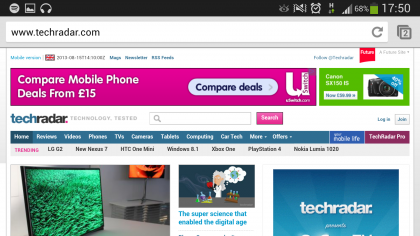
It's a minor point, but puts another check in the Chrome column when it comes to choosing between the two.
Thanks to the full HD display on the Samsung Galaxy S4 Active text and images are crisp and clear, making for an easy on eye browsing experience and while colours may not be quite so vibrant as they are on the Super AMOLED toting Galaxy S4, you won't be disappointed here.
Annoyingly though neither browser supports auto text reflow, meaning if you zoom in on an article you'll find yourself scrolling sideways as well as down as the S4 Active won't readjust the text to fit the screen.
The main browser does adjust text slightly allowing you to zoom in with a double tap to give you a full width viewing experience, but zoom in anymore and you'll be going sideways once again.

TechRadar's former Global Managing Editor, John has been a technology journalist for more than a decade, and over the years has built up a vast knowledge of the tech industry. He’s interviewed CEOs from some of the world’s biggest tech firms, visited their HQs, and appeared on live TV and radio, including Sky News, BBC News, BBC World News, Al Jazeera, LBC, and BBC Radio 4.
